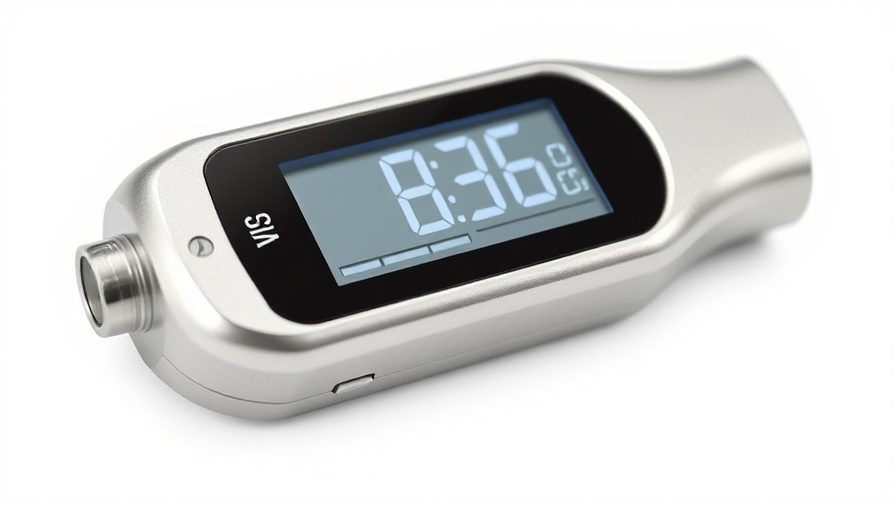
Why Understanding CO2 Detectors Matters
In today’s tightly sealed buildings, the risk of carbon dioxide (CO2) buildup is real and often underestimated. CO2 detectors are not just gadgets; they're essential tools for maintaining indoor air quality. CO2 is a natural component of the air we breathe, but elevated levels can lead to discomfort, decreased cognitive function, and serious health issues.
The Role of CO2 Detectors in Safety
CO2 meters are crucial in various settings, from classrooms to sports arenas. They allow for continuous monitoring of CO2 levels, enabling quick responses to any potential issues. In sports venues, for instance, the health and performance of athletes can hinge on the quality of the air they inhale. Ensuring optimal air quality can lead to enhanced focus and better performance.
Real-World Applications: A Closer Look
Let’s explore a scenario many can relate to: the crowded gym or arena. The excitement is palpable, but what happens when the air quality dips dangerously? CO2 detectors can proactively warn managers, leading to better ventilation and happier athletes and fans alike. This use of technology not only increases the comfort level but also underscores the importance of health and safety in high-density spaces.
Future of CO2 Monitoring: Innovations on the Horizon
As technology evolves, so do the capabilities of CO2 meters. There's a growing trend of smart detectors that integrate with building management systems. These intelligent devices can give live feedback and control ventilation systems automatically, ensuring healthier environments. Imagine a future where every sports venue is equipped with real-time monitoring systems—a revolution that would transform indoor health standards.
Conclusion: The Essential Nature of CO2 Meters
Understanding the importance of CO2 monitoring is not just for facility managers or sports professionals; it’s a fundamental step everyone can take to enhance indoor environments. By championing air quality, we're advocating for improved health outcomes, especially in high-traffic areas. The future holds promise in technology that will allow us to breathe easier and live healthier.
 Add Row
Add Row  Add
Add 




Write A Comment